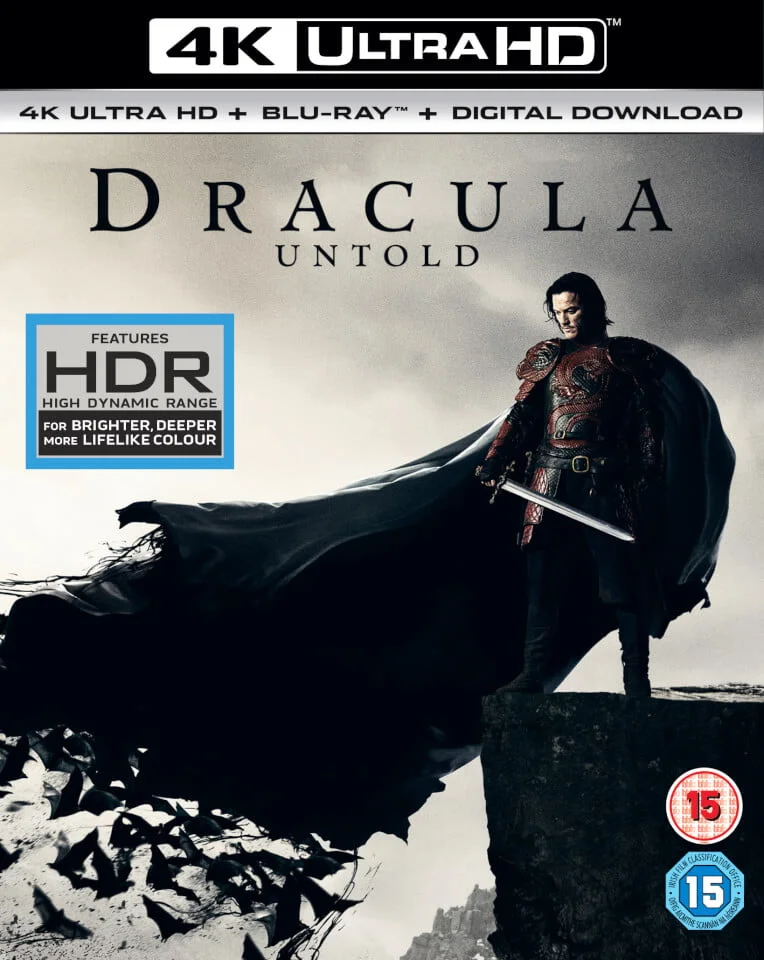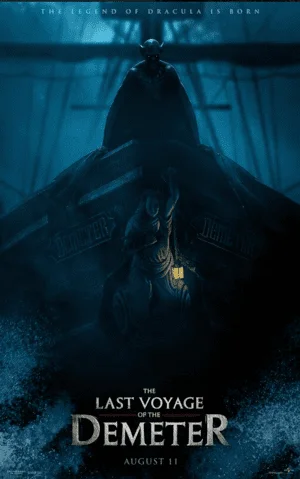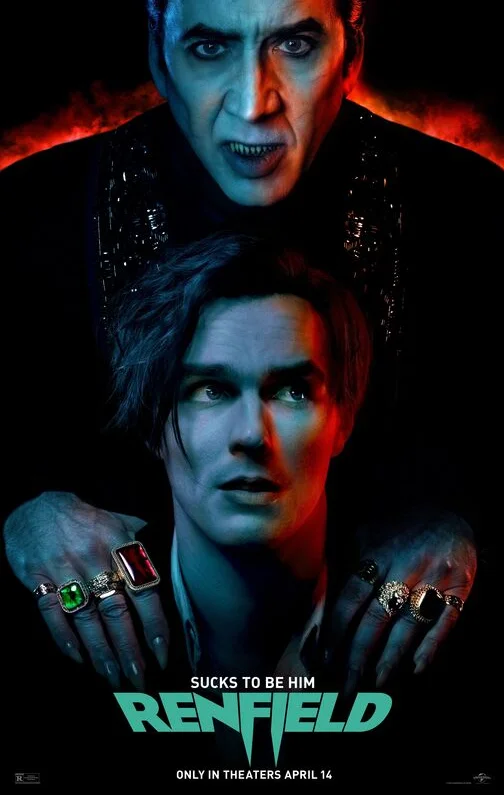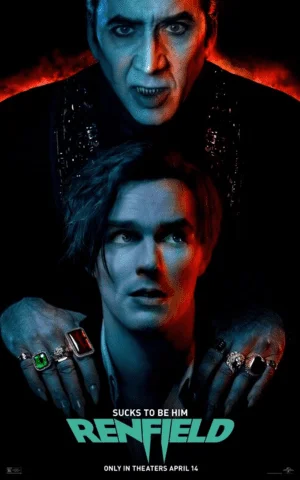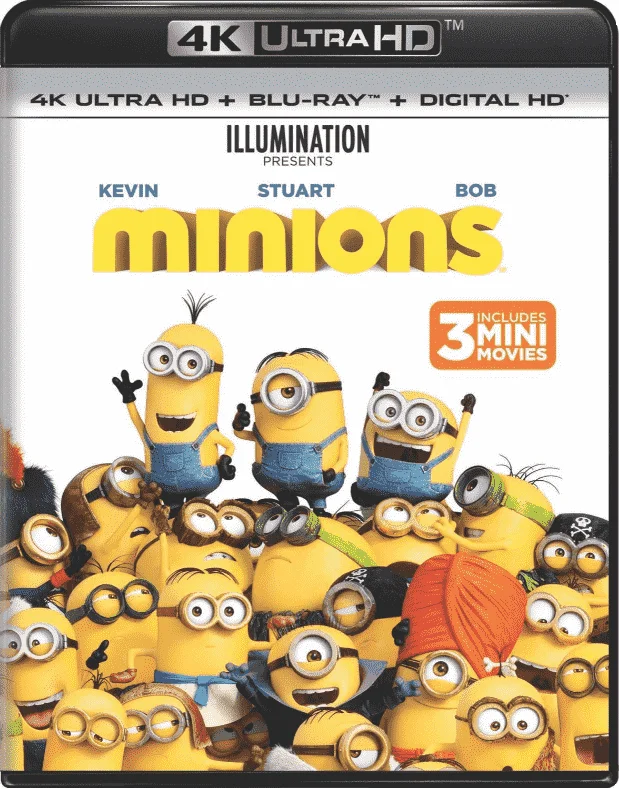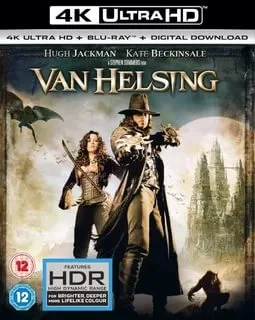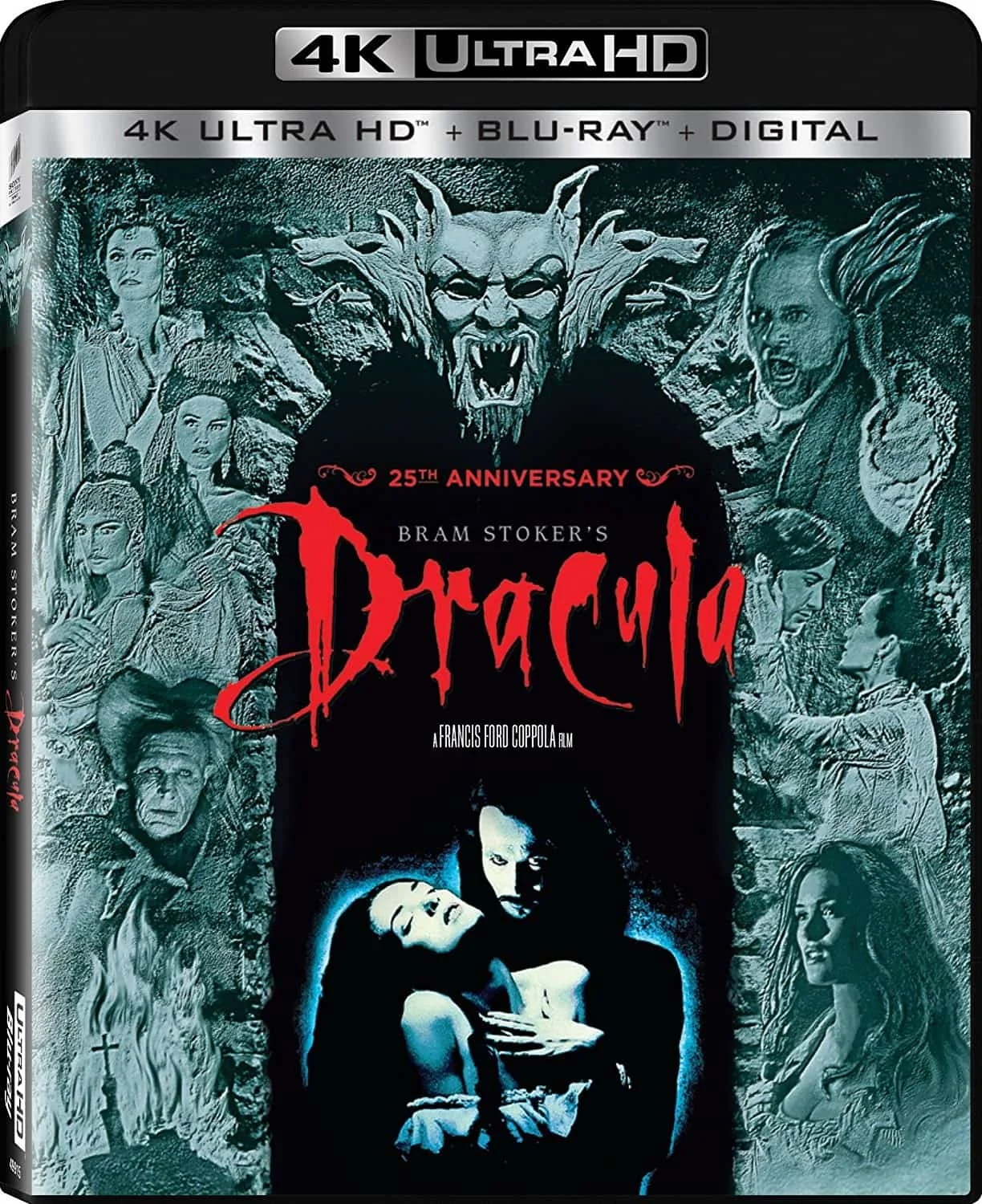
Bram Stokers Dracula 1992 HDR 10 Bit 2160p
Country: USA
Genre: ---
IMDB: 7.5
Producer: Francis Ford Coppola
Cast: Gary Oldman , Winona Ryder , Anthony Hopkins , Keanu Reeves , Richard E. Grant , Cary Elwes , Billy Campbell , Sadie Frost , Tom Waits , Monica Bellucci , Michaela Bercu , Florina Kendrick , Jay Robinson , I.M. Hobson , Laurie Franks

The end of the XIX century, London. Young lawyer Jonathan Harker and beautiful girl Mina love each other. Jonathan at a time forced to leave the bride alone and go on business in Transylvania to Count Dracula, who wants to buy property in the capital of England. But Jonathan does not know who Dracula really is ...
Reviews
"Love has freed us from the power of darkness"
Dracula. How much in this word for our hearing is intertwined.
A few words about Stoker's novel and the image of Dracula. The long-suffering Count Dracula today is one of the greatest "antiheroes" in mass culture, and in the field of vampire legends - a bloodsucker number one. The Irish writer Bram Stoker once, at the turn of the century, created the image of Dracula, combining information about a real Romanian ruler who lived at the end of the Dark Ages (to which one familiar scientist pointed him), and Eastern European legends of vampires. The book made a lot of noise and marked the beginning of the so-called "vampire legend" (and also a lot of imitations) and forever wrote the name of Bram Stoker in the history of world literature. His pen belongs to other works, such as "The Lair of the White Worm", "The Lady in the Savanah", "The Secret of the Sea", etc., but it was the story of the vampire graph that became the most popular.
"Dracula" is an extremely complex work, primarily because Stoker's language is a vivid example of the Victorian literary language, with complex sentence constructions, hidden meanings and typical epistolary style for that time, that is, the narration is conducted on behalf of different characters whose letters and we read the notes in the diary. In the days of Stoker, this method was very popular and only strengthened the reader's sense of reality. As for the plot, then there is no clearly marked romance and love, its main goal is to frighten the reader, and not to cause him romantic feelings and sympathies. This is the purest horror literature in all its glory, where heroes unite in the struggle against a powerful and unknown supernatural enemy. The only difference between Stoker's creation is that he shows the antagonist not as an unnamed corpse, who has come from a distance, but a charismatic historical personality, an eccentric bearded earl from a distant East European power who only gradually reveals his true identity to Harker. There are still a number of interesting features of the images of the novel, but one can speak about them for a long time, therefore I will only say that the work bears the imprint of the minds and views of Victorian England, and therefore not every modern reader will find it frightening and interesting. Too it is strongly associated with its time, both in language and in content. However, the meaning of "Dracula" in the development of literature about vampires is close to the absolute.
I happened to visit Romania - Stoker Dracula there - one of the main attractions for tourists. However, there is something else. In Romania there are monuments to Vlad III, since he is a national hero, one of the greatest figures of the times of the struggle against the Turks. He fought for the freedom of the homeland and deservedly entered the history of Romania as a great liberator-commander. With regard to his cruelty, I must say that there is no point in talking about something out of the ordinary, because very many rulers of those times (and not only those), and our Russian rulers (for example Ivan IV) were also far from great philanthropy.
Plot. James V. Hart did a great job, but his script for Dracula, of course, does not fully correspond to Stoker's novel. In the film there is a romance that distinguishes it from the literary source. The love between Dracula and Mina is what is not in Stoker's book. Also, if we compare the book and the film, it will be clear that the plot develops more hastily than Stoker's, and some episodes are omitted, but the film did not suffer from this at all. The picture looks holistically, there is no feeling of tears in the plot. Everything is consistent and smooth, no complaints.
Actors brilliantly performed their roles, and their voices, reading notes in the diary and letters, perfectly convey the mood of the novel. Such they should be, Stoker's characters. Very successful selection of actors, a very organic game, negative feedback about which I personally was perplexed.
Anxious music, sometimes sinister, fills the right atmosphere.
Although, of course, in general, the film is not as frightening as, for example, Dracula from White Lugosi.
Filming something like "Godfather". There is a similar production, similar camera plans, and indeed the Coppola style is immediately discernible.
As a holistic film product in which the primacy is given not to the frightening trumps of the horror literature (in contrast to Nosferatu in 1922 and Dracula in 1931), and to the tendencies of romanticism, the film deserves 10 points.
File size: 11.4 GB
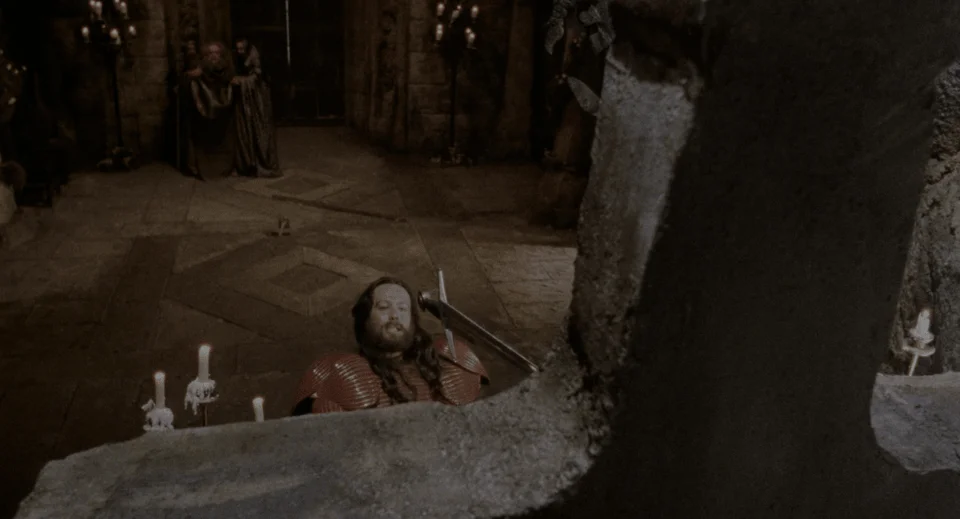
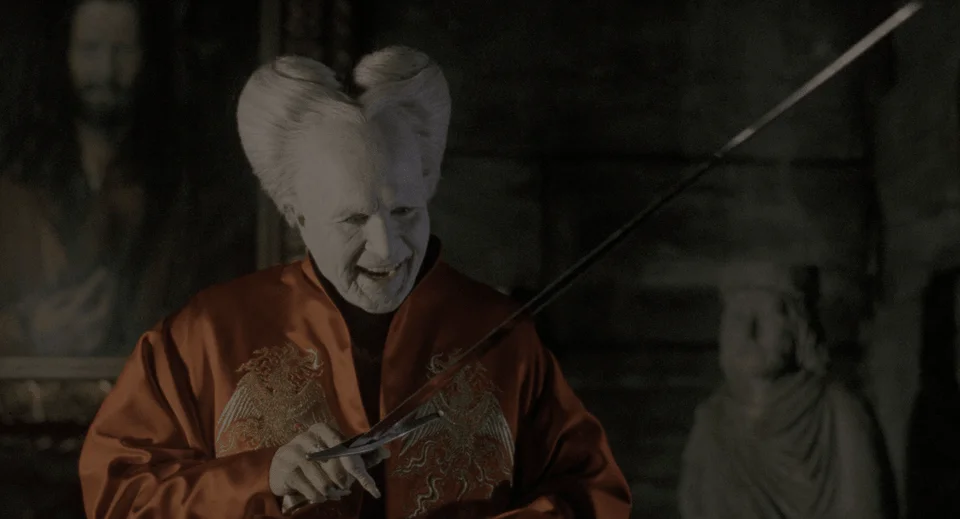
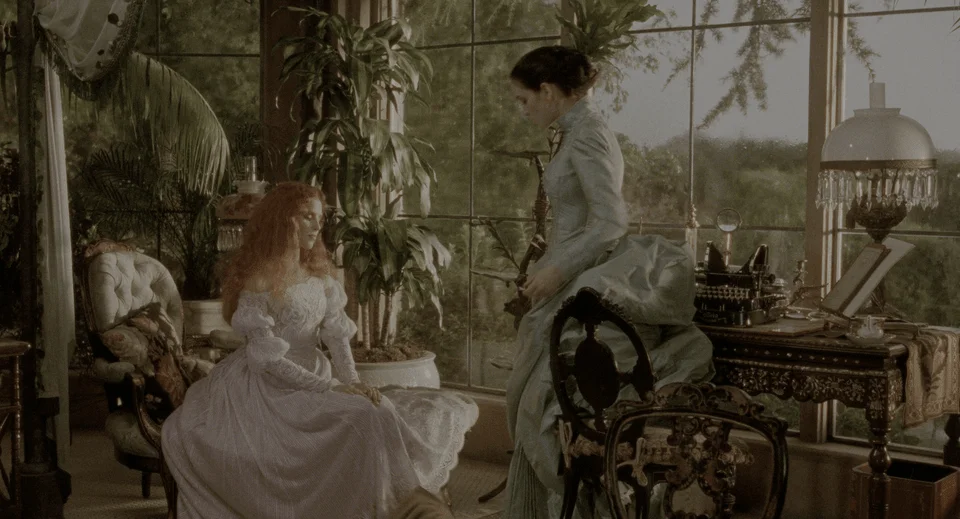
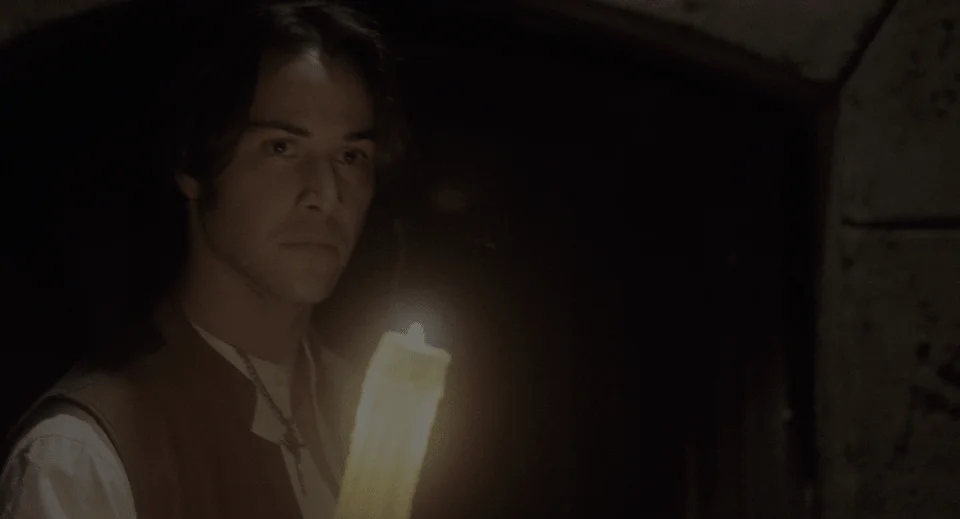
Trailer Bram Stokers Dracula 1992 HDR 10 Bit 2160p
Latest added movies
Comments on the movie
Add a comment
 like
like do not like
do not like